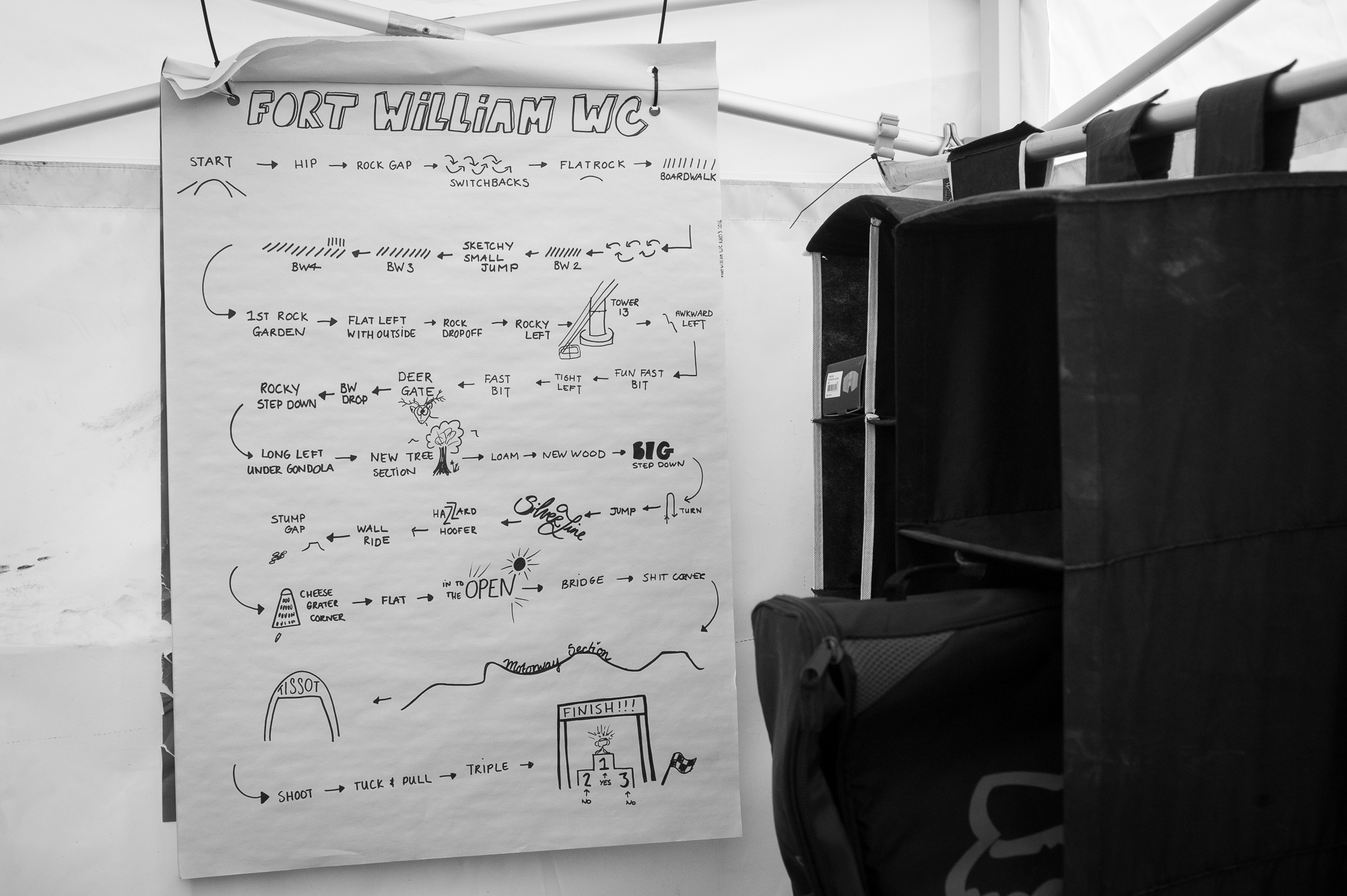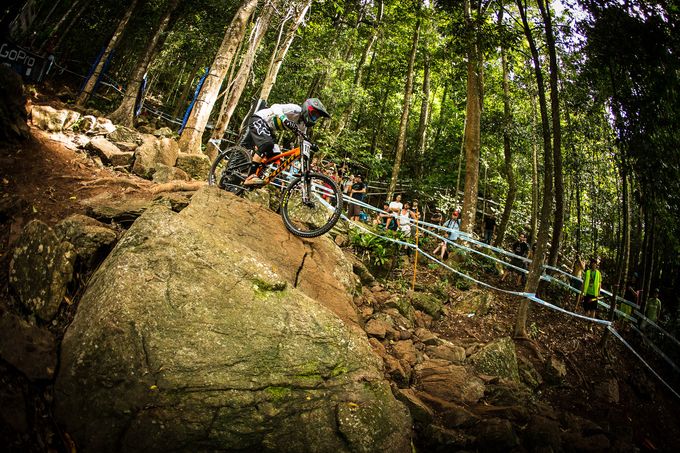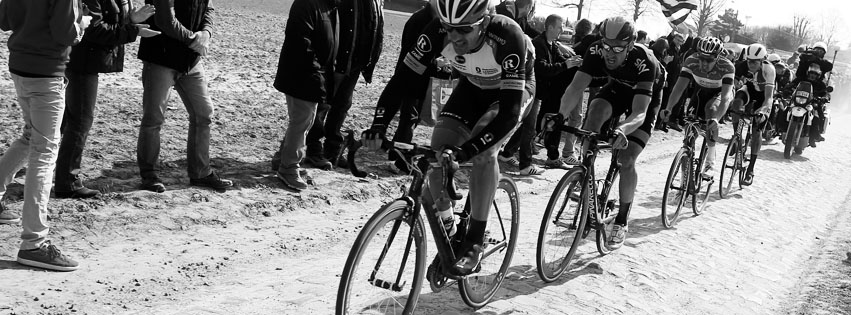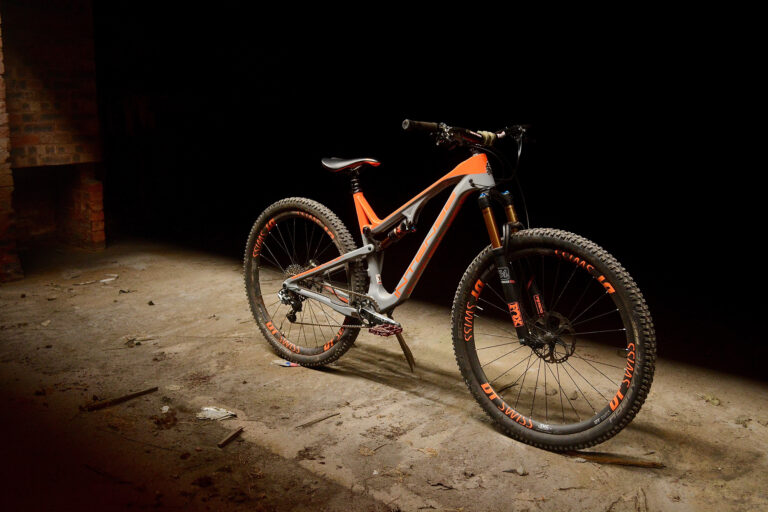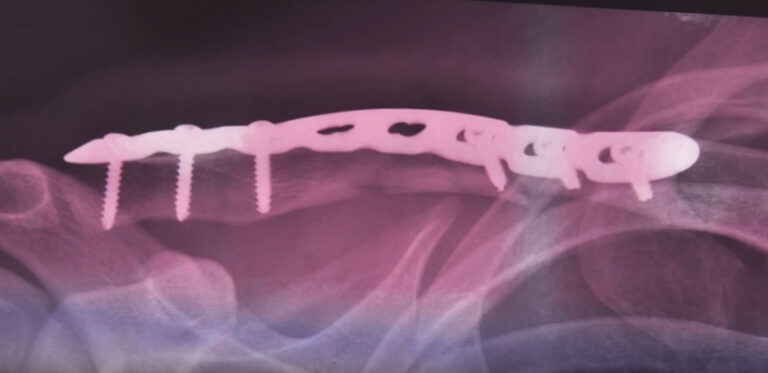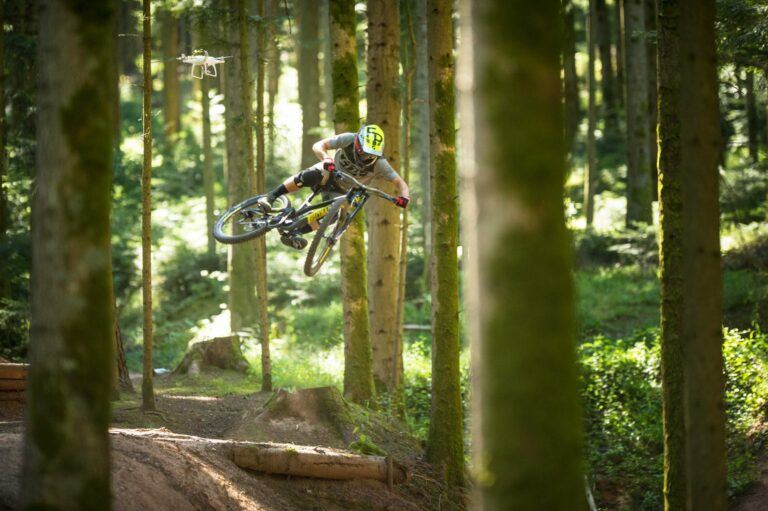Alan Milway is coach to Atherton Racing, has worked with many top riders and teams and has coached five World Champions. Here he looks at the state of the tracks that World Cup racers currently face.
Words: Alan Milway Photos: Seb Schieck and Ben Winder
Training to race the World Cup downhill series is a very varied task. Ultimately, the track is what you need to conquer and prepare for – it isn’t a head–to–head sport, it is you against the clock. Unlike a time trial on the road, this time trial is through section upon section of obstacles that you have to successfully negotiate as you use gravity and human effort to strive for that finish line beam.
Yes you need to be fit, the effort of doing this all–out attack for minutes on end is tiring; and you need to be strong too… from accelerating, to resisting compressions, and even reducing the likelihood of injuries, strength is far more than just an insurance policy.
However, the nature of the track is the excitement, the challenge, and ultimately the whole raison d’etre for a downhiller. Some athletes travel around the world and see an environment that is pretty much identical wherever they go; a gym hall, a swimming pool, a running track, an ice rink, a basketball court… the list goes on of sports and sportsmen who deliver their skill in an environment that doesn’t change from event to event, or year to year. Their skill is honed for a closed environment, where the tempo, rhythm and execution are all pre-defined and it doesn’t change whether they are in Moscow or Madrid.
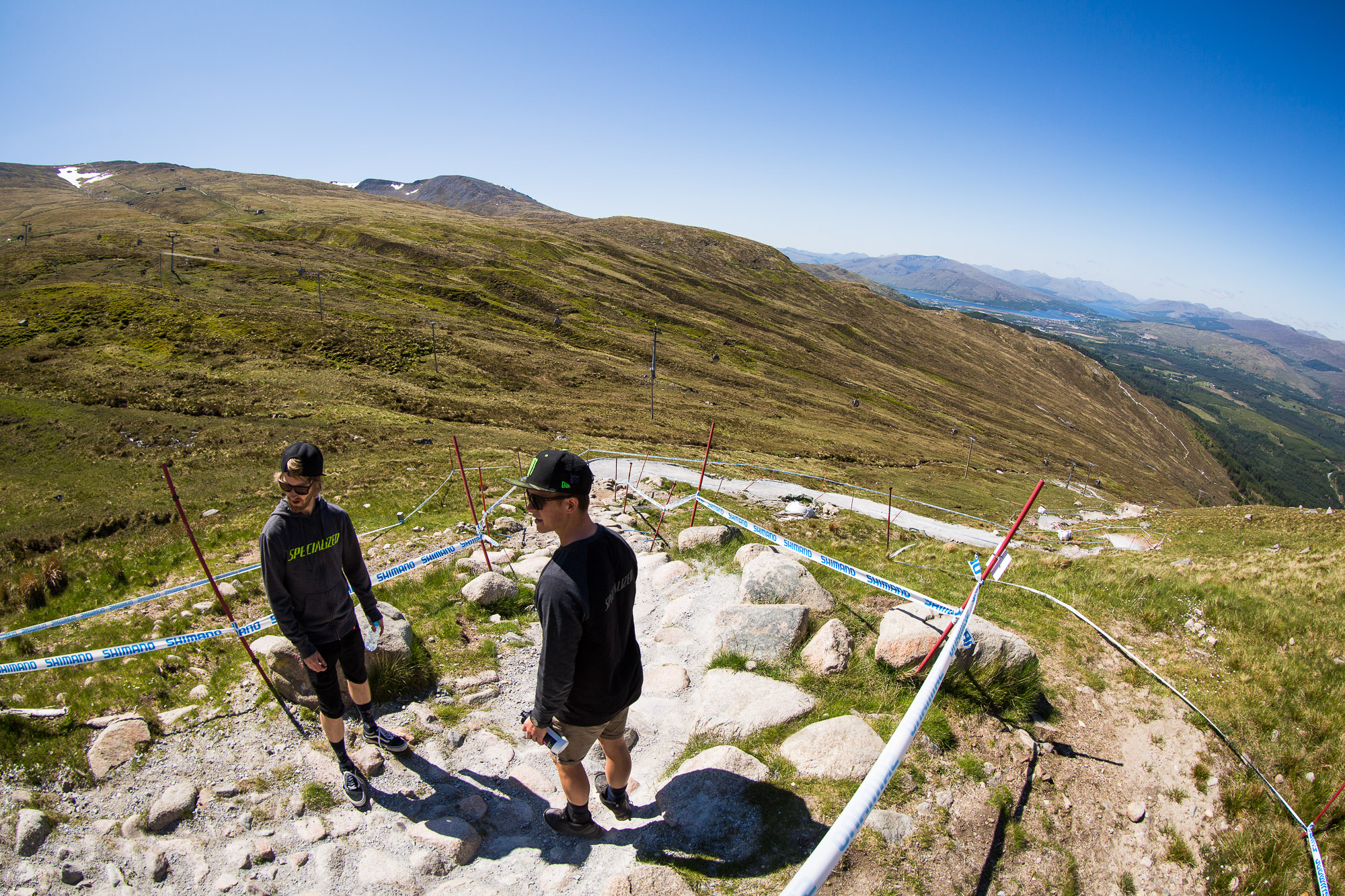
For a downhill racer, it couldn’t be more different – the track tells us what we need to be good at and prepare for – and the variety can be huge; dry, dusty, wet, muddy, rooty, rocky, steep, pedally, big jumps, slow or fast. Tracks can be varied and one rider can be suited to a certain type of track or challenge over another.
And within the tapes is really the where you find the crux of the challenge – how do you pick the best route down? Line choice, memorising the track, and linking together sections to maximise your average speed is a skill too – a craft that once was high on the priority list for a World Cup racer. Sam Hill is arguably one of the best at this, his creativity and ability to find otherwise impossible or obsolete lines to carve time out of his run and leave the rest of us head scratching. Inside to inside, rock gaps, pre-jumping rough rocks, he is a master of this craft and I wonder if his period of dominant runs were because he could fully use this skill to his advantage on the tracks raced?
There has definitely been an evolution of downhill tracks. Back in the early to mid nineties they were essentially fire road blasts, with big gears, tucked in elbows and peaks off the helmet to utilize aerodynamics – pretty much the summer equivalent of downhill skiing. Gradually the tracks got more technical, but still were very long – when Rob Warner won the World Cup held in Kaprun in 1996, his winning time was 7mins 15secs!

